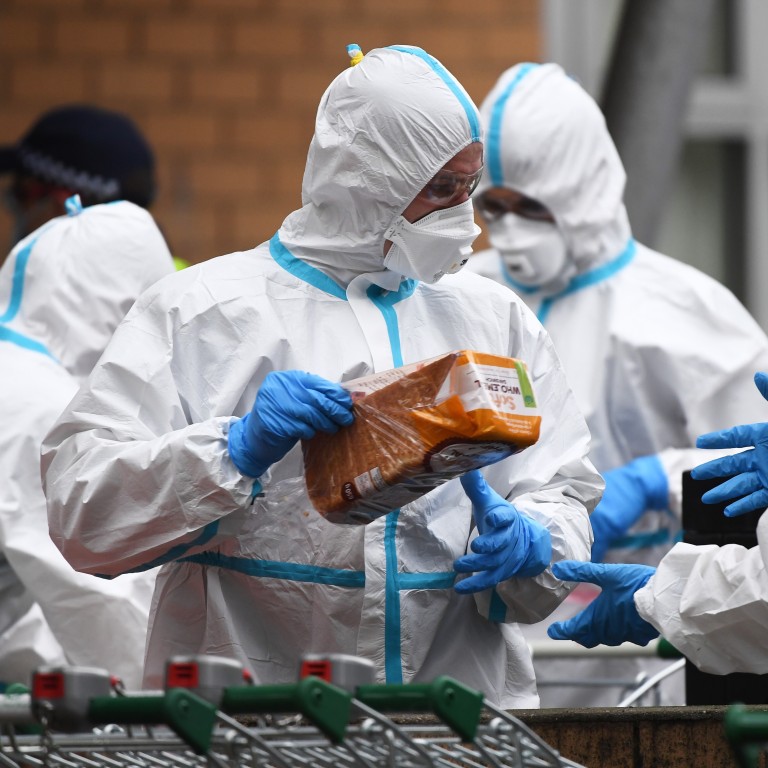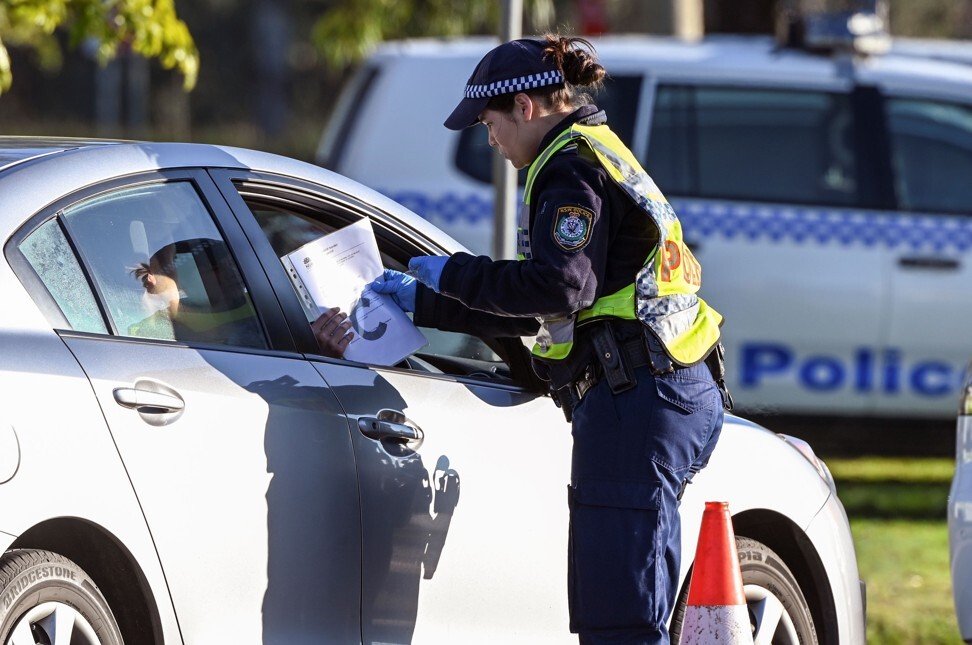
Australia coronavirus: quarantine guards spread disease, leading to Melbourne’s new lockdown
- Failures included improper use of personal protection equipment, allowing families to mix and even some guards having sex with quarantined guests
- Virus spread among the guards who car pooled or shared cigarette lighters, and then unwittingly introduced the disease to their own communities
Melbourne enters new six-week lockdown due to ‘unsustainably high numbers’
“It is not over in so many parts of the world,” Andrews said. “And it is not over in metropolitan Melbourne.”

The drastic move highlights how approaches to mitigating the virus have diverged, with some US cities allowing businesses and social activities to resume even as they record daily infection numbers many times Melbourne’s tally.
It also shows the fragility of early success in battling the virus. Two months ago, Australian Prime Minister Scott Morrison outlined a three-stage plan to lift most restrictions nationwide by the end of July – a goal now in tatters.
The unravelling of what had largely been a success story in Victoria – the country’s second-most populous state and an engine of the nation’s economy – can be attributed to rushed policy decisions, botched execution and instances of public complacency.
Like other states and territories, Victoria had ordered all citizens and permanent residents returning from overseas to undertake 14 days of quarantine at hotels leased by the government.
Conspiracy theories in Australia see thousands refuse Covid-19 tests
But instead of drafting in police to oversee the operation, as occurred elsewhere in the country, the state farmed the task out to security firms without even inviting tenders for the contract, according to local media reports.
A litany of malpractice followed, the Herald Sun reported, including improper use of personal protection equipment, allowing families to mix in each other’s rooms, and even some guards having sex with quarantined guests.
According to the report, the virus spread among the guards who car pooled or shared cigarette lighters. They then unwittingly introduced the disease to their own communities in Melbourne’s poorer and more multicultural suburbs where it spread through large family gatherings that breached social-distancing rules.
Social welfare lobbyists also say the government failed to properly convey public health advice to multicultural communities, with leaflets not translated into enough languages.
“Opening up obviously is a natural thing where you have successful control,” said Linfa Wang, director of the programme in emerging infectious diseases at the Duke-NUS Medical School in Singapore. “But whether the society and every citizen is ready and educated enough to cope with the ‘new norm’ of Covid-19 [is another matter].”
Australia’s ‘lucky’ economy faces long road to coronavirus recovery
Stung into action, Andrews announced a judicial review into the alleged hotel quarantine breaches. And after the city experienced about two weeks of double-digit daily increases in infections, he ordered the lockdown of 12 suburbs in Melbourne’s northern and western fringes.
But it wasn’t enough. On Monday, Victoria’s neighbouring state New South Wales announced it would be closing their shared border for the first time since the 1919 Spanish Flu pandemic. Residents of Victoria have also been barred from other parts of the country where community transmission has largely been halted.
By Tuesday, as the daily tally reached a new state record of 191, Andrews extended the lockdown across the entire metropolitan area.

Professor Michael Kyrios, a clinical psychologist at Flinders University, warned that Victoria needed to brace for a “coming mental health crisis” as a result of the new lockdown.
“This will likely place the mental health care system in a precarious situation with very limited ability to mobilise resources in response to the increased incidence of mental illness arising from the Covid crisis,” he said.

Australia has been one of the stand-out performers globally in limiting the spread of the virus. It achieved that by closing international and state borders, quarantining returning residents, social distancing measures and a widespread testing and tracing regime.
As of Tuesday, the nation had recorded just 8,755 cases and 106 deaths, the latter putting it on par with Maine, one of the least affected US states.
‘Stop it, it’s ridiculous’: Australia’s toilet paper frenzy is back
In Queensland state, which had two active cases as of Tuesday, people have been able to enjoy a beer in a pub and watch live sport with some restrictions on numbers, while the Northern Territory, where there is just one active case, removed almost all restrictions last month but still encourages social distancing.
“It shows us how quickly the pandemic can change,” Australia’s deputy chief medical officer Michael Kidd said this week. “The situation in Melbourne has come as a jolt – not just of the people of Melbourne but people right across Australia who may have thought that this was all behind us. It is not.”
Additional reporting by Agence France-Presse

